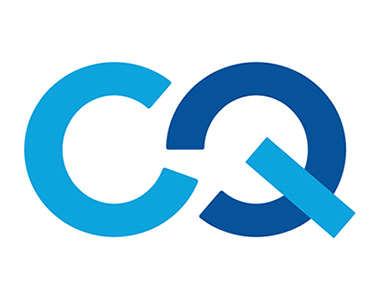Standing at the top of A-Basin mountain in Keystone, Colorado, I contemplate my route down the double-black diamond ski run with bumps the size of Volkswagen Beatles. It’s a step I always slow down to take, before “dropping in” (i.e., launching off the top) to the steep and narrow terrain below, lined with boulders and trees.
When we invest in businesses and work with them to achieve their growth targets, it’s like standing at the top of any ski run. Before you “drop-in,” there is (or should be) a process to guide you: what is “my line” down the hill? Are there other skiers on the hill or at the top planning their run too? Once confident with my line to ski with minimal obstructions, then, and only then, do I drop into the hill.
It’s a simple mantra I repeat frequently: Strategy drives planning. Planning drives execution. It turns out that skiing and business have a lot in common.
Your strategy should drive your plan. And your plan should drive your day-to-day activities.
Let me give you an example of a leader that understood this process. I had lunch with a friend, I’ll call him Mark, who runs a credit union. He was networking to find a marketing leader. Apparently, Mark was given a marketing plan by his former marketing leader prior to the credit union releasing its strategic plan.
He was confused and asked, “How can the marketing team give me their functional plan when they don’t know what the company strategy is?”
He identified the gap between strategy and planning. The functional marketing plan should enable the company to achieve its strategy. If it doesn’t, then the plan is off-target. This alignment applies to every function in the business. If your sales plan doesn’t help you achieve your company strategy, it’s off-target. Same with your product plan. And any other functional area your company may have.
Too often, start-ups, and frankly established businesses, are too busy “doing work” that they do not have time to slow down and plan their work in alignment with the company strategy. (Or worse, there is no strategy!)
They are busy “executing” their work. You’ll hear phrases like, “I have too much work to do.” “I’m so busy, I don’t have any time.” Or “I have a day job. I can’t slow down.”
Any good skier will tell you, “Don’t stare at the bump you’re on. Aim for two bumps down the mountain.” Mistakes in strategy and planning on the slopes can be costly, ending in torn ligaments, broken bones, or worse. Mistakes in not linking your business strategy to your plans and your day-to-day work can be just as costly, ending in lost clients, lost profits, and worse.
The same advice applies to business: Look ahead (create your strategy). Plan your work (so that you focus on the most meaningful work). And then do that prioritized (i.e., important) work. Execution happens more easily because your plan is in motion. Your strategy drives your plan. And your plan drives the execution of your work.
Strategy, planning, and execution. Always in that order. On the mountain, and in business, too.


